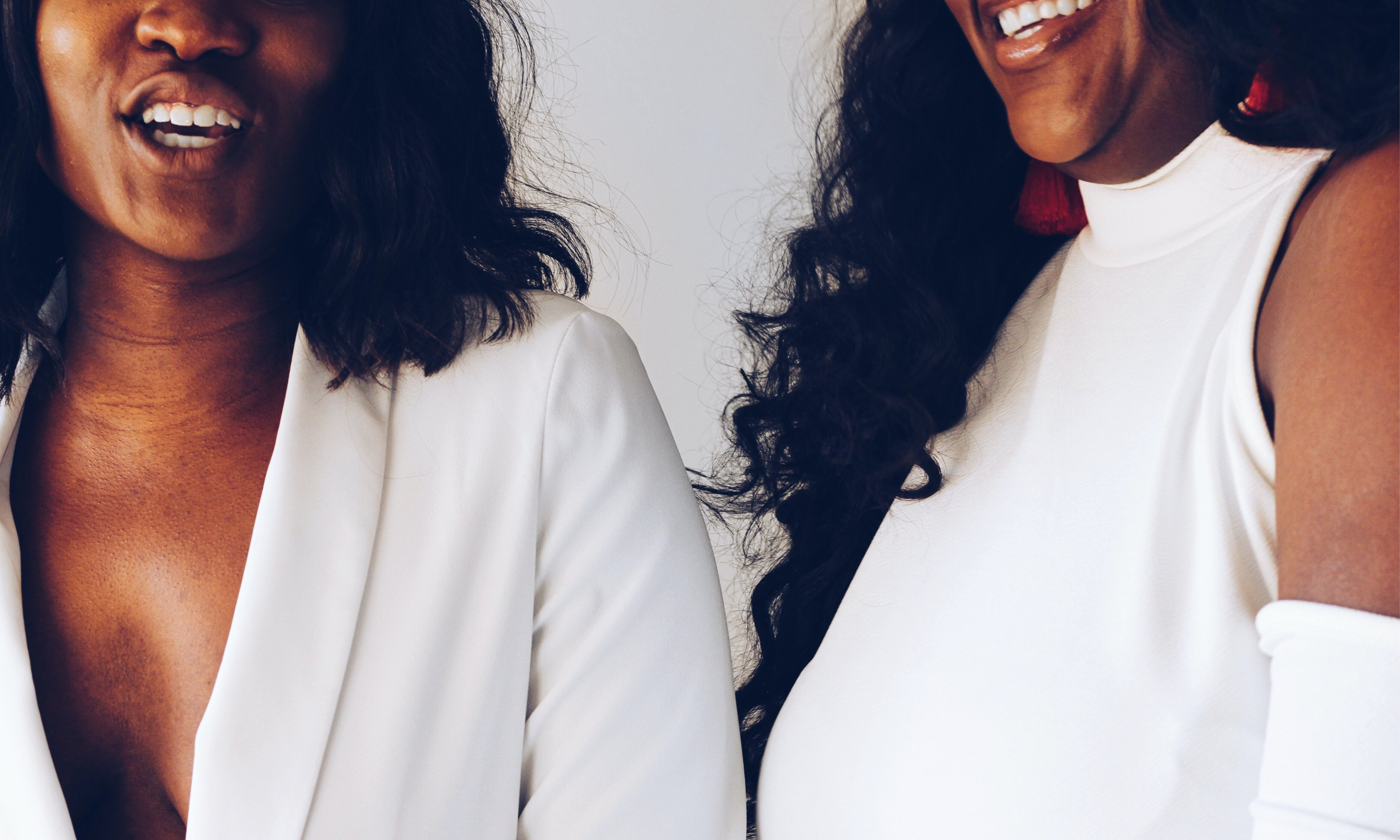
THE FITZPATRICK SKIN SPECTRUM
Have you ever wondered why some people are so prone to sunburns (despite wearing their SPF), yet some of your friends never have to worry about getting a seamless tan?
Well, there’s a reason for that.
The Fitzpatrick Skin Spectrum, developed by Thomas B. Fitzpatrick in 1975, is based on a person’s base skin color and their responses to sun exposure in terms of degree of tanning and burning. Fitzpatrick categorized skin into six different types, based on reaction to sun exposure––with deeply pigmented brown skin at one end and fair, freckly skin at the other.
Skin with very little melanin is more likely to burn quickly, while those with lots of melanin are not. Melanin is a dark brown pigment present in hair, skin, and the irises of the eyes. The more melanin a person has, the darker their skin, hair, and eyes will be, and the more likely it is that their skin will tan, rather than burn, when exposed to the sun.
A handful of makeup brands also use the Fitzpatrick Skin Spectrum to remove the guesswork involved in finding the right foundation. Knowing your skin type makes it easier to match to the perfect shade in a snap!
To determine your skin type, take a quick look at the classifications below:
SKIN TYPE 1
- Skin colour before sun exposure is ivory-toned
- Eyes are light blue, light gray, or light green
- Natural hair colour is red or light blonde
- Skin always freckles, burns, peels, and never tans in reaction to the sun
- Higher than average risk of skin cancer if exposed frequently to sun’s rays without protection
SKIN TYPE 2
- Skin colour before sun exposure is fair or pale
- Eyes are blue, gray, or green
- Natural hair colour is blonde
- Skin usually freckles, burns/peels often, and sometimes tans in reaction to the sun
- Higher than average risk of skin cancer if exposed frequently to sun’s rays without protection
SKIN TYPE 3
- Skin colour before sun exposure is fair to beige, with golden undertones
- Eyes are hazel or light brown
- Natural hair colour is dark blonde or light brown
- Skin might freckle, burns on occasion, and sometimes tans in reaction to the sun
- Risk of skin cancer if exposed frequently to sun’s rays without protection
SKIN TYPE 4
- Skin colour before sun exposure is olive or light brown
- Eyes are dark brown
- Natural hair colour is dark brown
- Skin doesn’t really freckle, burns rarely, and tans often
- Risk of skin cancer if exposed frequently to sun’s rays without protection
SKIN TYPE 5
- Skin colour before sun exposure is dark brown
- Eyes are a dark brown to black
- Natural hair colour is dark brown to black
- Skin rarely freckles, almost never burns, and always tans
- Risk of skin cancer if exposed frequently to sun’s rays without protection
SKIN TYPE 6
- Skin colour before sun exposure deeply pigmented dark brown to darkest brown
- Eyes are a brownish black
- Natural hair colour is black
- Skin never freckles, never burns, and always tans darkly
- Lower risk of skin cancer if exposed frequently to sun’s rays without protection
It is important to remember that these descriptions are only a guide. Some people may not fit an exact skin type, but will recognize themselves across two categories (as do I, for example!).
WHAT SHOULD WE RETAIN FROM THIS?
This spectrum was determined in order to classify skin types and to help mitigate the risk of sunburn and skin cancer, as it can help predict who is at higher risk, based on how much melanin is present in the skin. Even if we aren’t all equally at risk for sunburn, we are all equally exposed to sun’s damage on the skin––including not only fine lines and wrinkles, but various skin cancers.
Regardless of all this information and regardless of your skin type, sun protection should never be overlooked. (Imagine believing your skin is stronger than the sun. Absurd, right?)
Here are some essential suncare tips to keep in mind for the upcoming season:
- Always use a broad-spectrum sunscreen with a sun protection factor (SPF) of 30 or above on your entire body in the summertime (and on your face every single day year-round!).
- Remember that the sun’s rays are strongest between 10 a.m. and 4 p.m. If possible, prioritize shade or avoid direct exposure.
- Protect yourself in style: opt for a fashionable hat and sunglasses to block direct UV ray exposure.
- Wear protective clothing if out in the sun for extended periods.
- Check your skin regularly for changes in texture, new bumps or raised moles and seek medical advice if any occur.
On that note, don’t forget that SPF!
ELTAMD UV DAILY SPF 40 $57
VIVIER SKIN SHEER BROAD SPECTRUM SPF 45 $65
TIZO ULTRA ZINC FACE & BODY SUNSCREEN SPF 40 (TINTED) $61
SKINCEUTICALS PHYSICAL MATTE UV DEFENCE SPF 50 $47
Until next time,
Mathilde

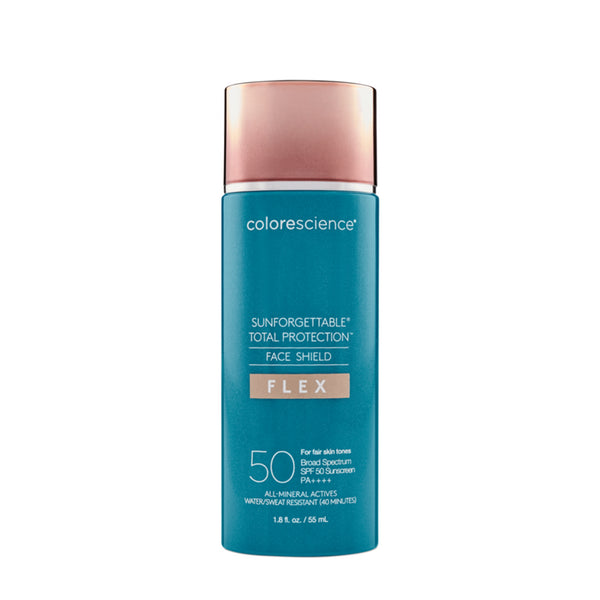
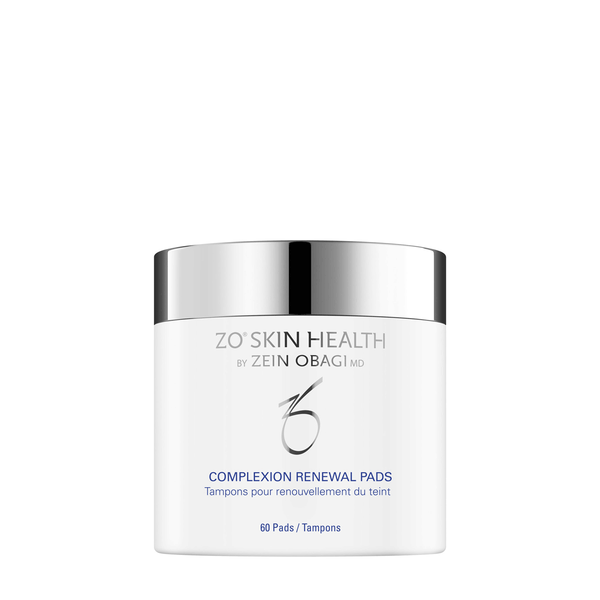
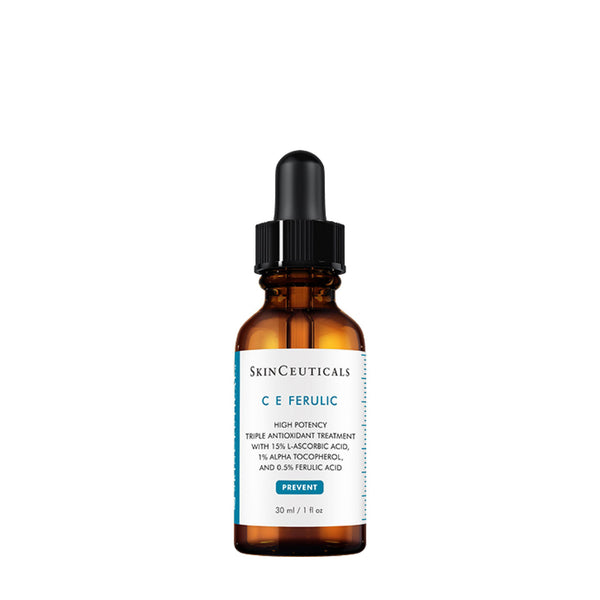
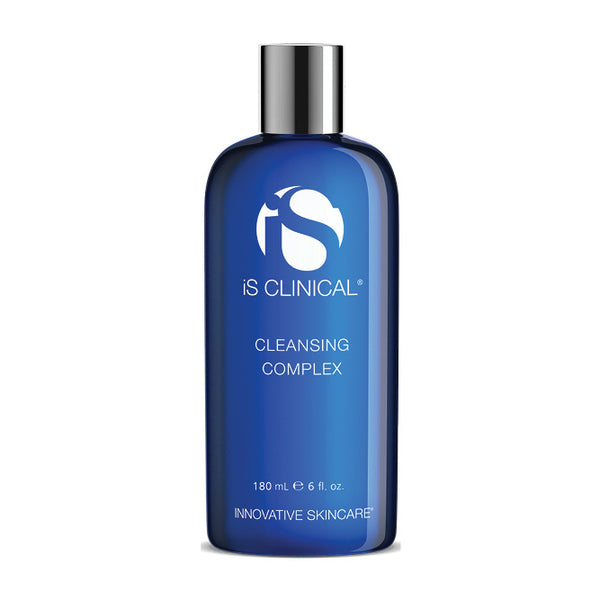
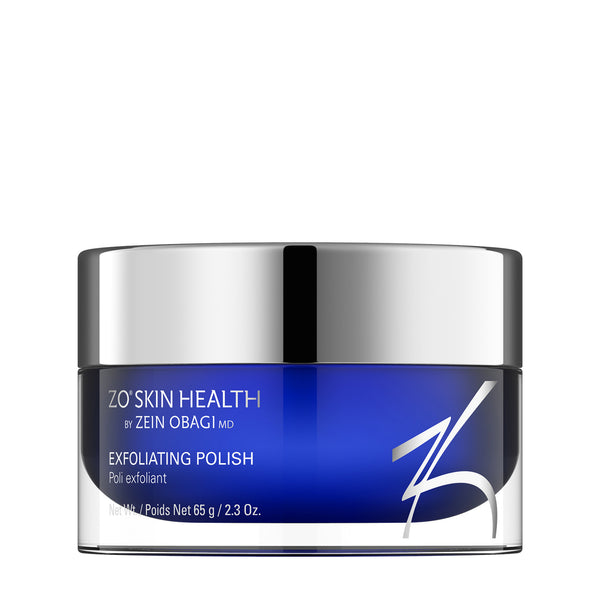




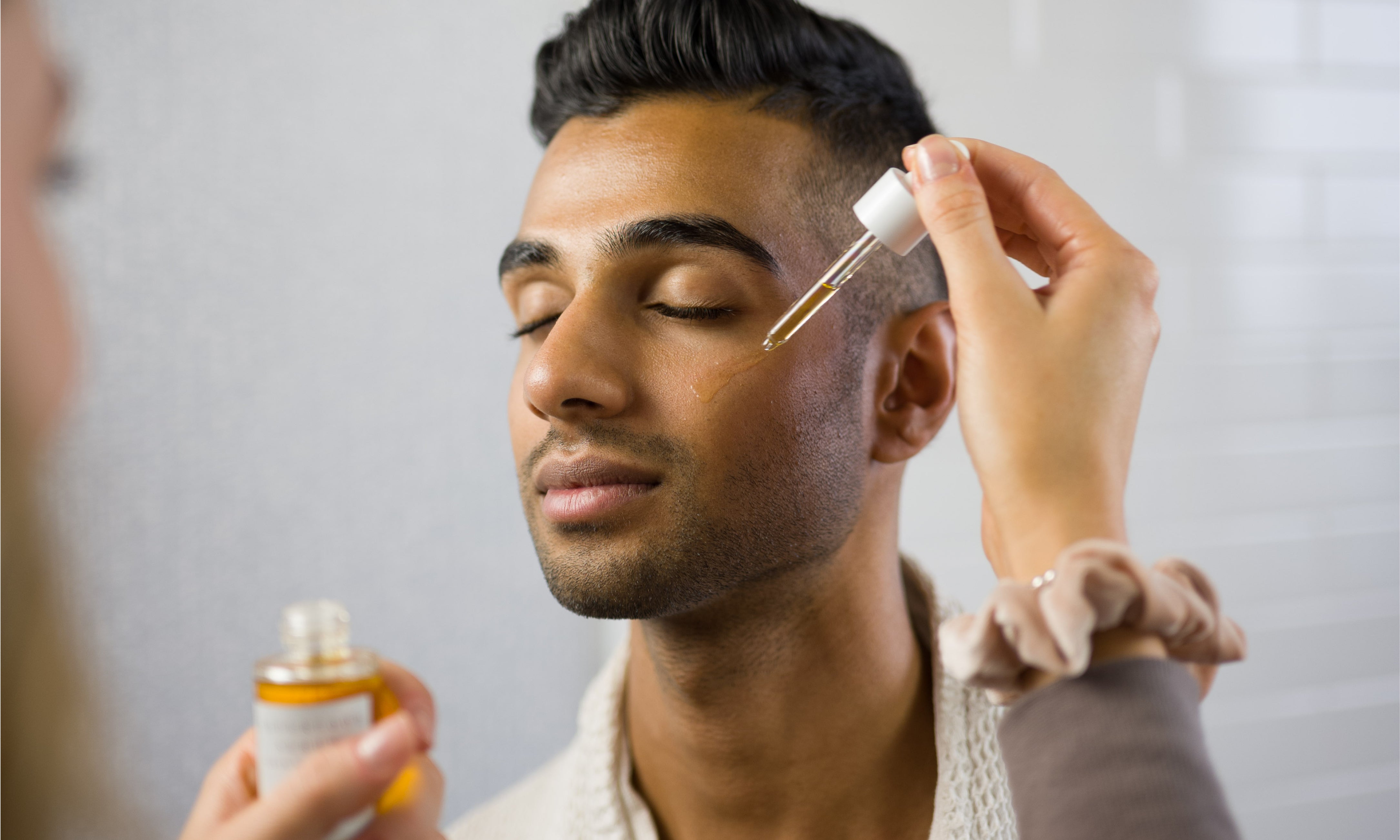
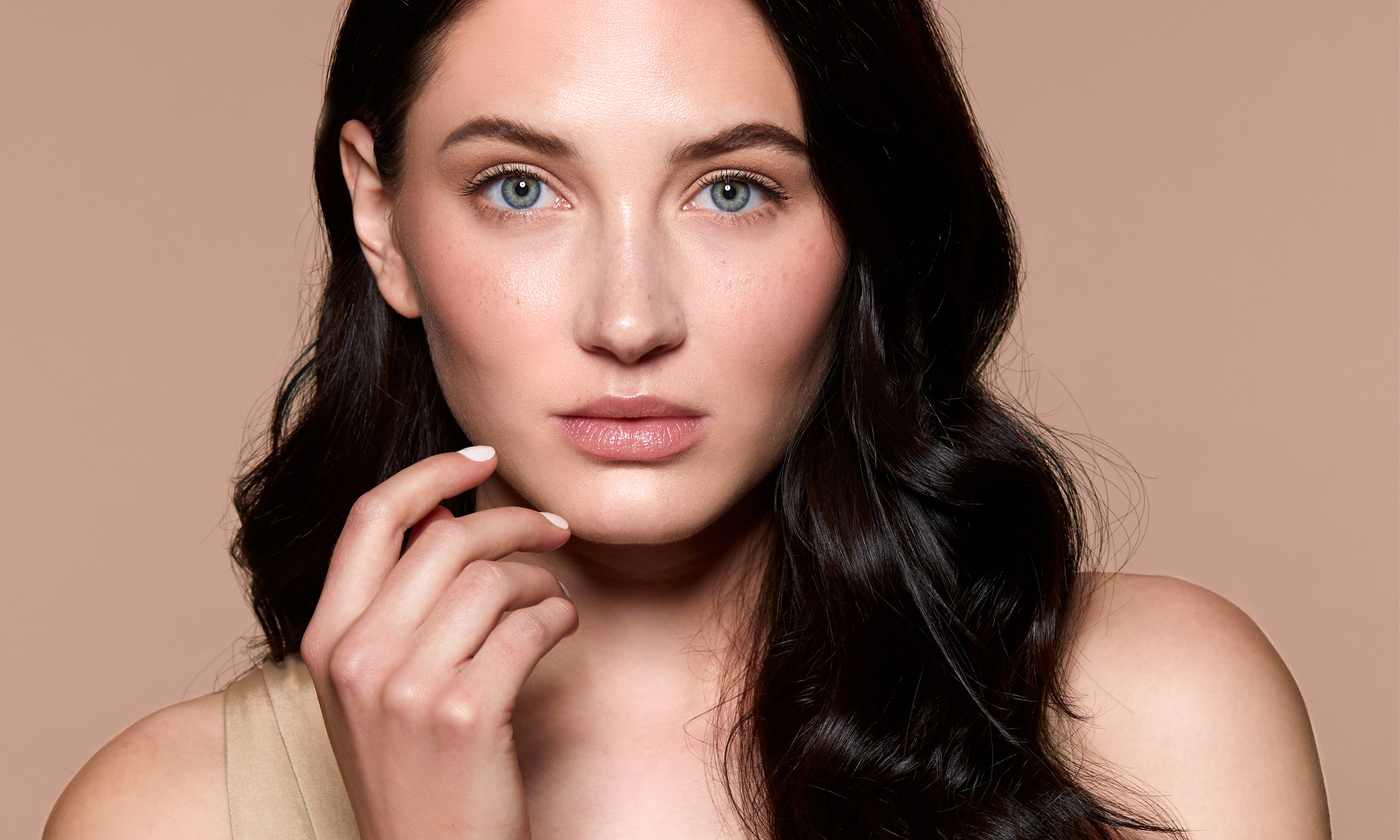



Leave a comment